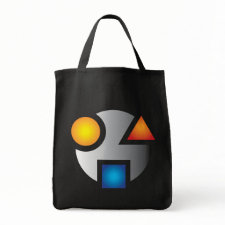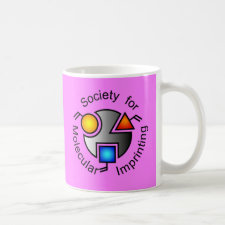
Authors: Diaz-Faes Lopez T, Escudero Francos MA, Fernandez Gonzalez A, Diaz-Garcia ME, Badia-Laino R
Article Title: Controlled Release of Nafcillin Using Biocompatible "Dummy" Molecularly Imprinted Sol-Gel Nanospheres.
Publication date: 2015
Journal: Current Topics in Medicinal Chemistry
Volume: 15
Issue: (3)
Page numbers: 262-270.
Alternative URL: http://www.ingentaconnect.com/content/ben/ctmc/2015/00000015/00000003/art00008
Abstract: Different silicon-based xero-gel molecularly imprinted spheres in the nano boundary range with recognition capabilities for nafcillin have been synthesised, using tetraethylorthosilicate (TEOS) and (3- aminopropyl) triethoxysilane (APTEOS) as precursors. Imprinting has been achieved using both nafcillin (NAF) or structural analogous "dummies" such as (+)-6-aminopenicillenic acid (APA), or ampicillin ((+)-6-aminobenzylpenicillin)sodium salt (AMP). Materials were fully characterized using ATR-FTIR, 29Si solidstate NMR, TGA, TEM and BET. Adsorption isotherms for all the materials fit with a continuous Freundlich model with correlation coefficients better than 0.988 and mean affinity constants between 105 and 106 L mol-1. The use of "dummies" as well as the template itself in the imprinting process resulted in materials with different release speed. Combinations of these materials allow designing mixtures with a continuous, controlled and constant release longer than four days. Thus, the non-imprinted and the AMP-imprinted material have a rapid release during the first five hours, nafcillin and APA imprinted ones release antibiotic mainly after a latency-period of 24 hours
Template and target information: nafcillin, NAF, dummy template, (+)-6-aminopenicillenic acid, APA, ampicillin, (+)-6-aminobenzylpenicillin sodium salt, AMP
Author keywords: adsorption, drug delivery, isotherms, Molecularly imprinted silica, nafcillin, Nanospheres



Join the Society for Molecular Imprinting

New items RSS feed
Sign-up for e-mail updates:
Choose between receiving an occasional newsletter or more frequent e-mail alerts.
Click here to go to the sign-up page.
Is your name elemental or peptidic? Enter your name and find out by clicking either of the buttons below!
Other products you may like:
 MIPdatabase
MIPdatabase









